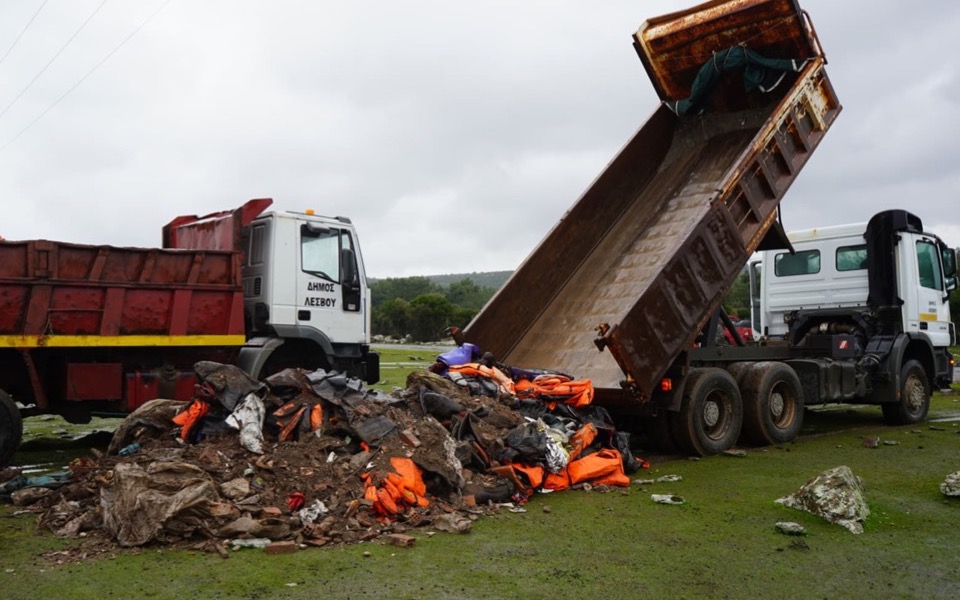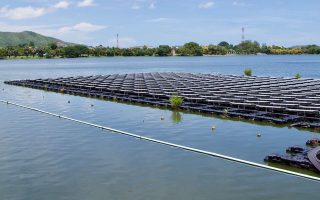Circular economy and waste management infrastructure – no time to waste

Powered by Zepos & Yannopoulos
Despite being condemned more than once by the Court of Justice of the European Union for failing to comply with the pertinent EU legislation, Greece still lags behind on the proper treatment of waste. The country still heavily relies on landfills where waste is buried with approximately 80% of its waste being disposed in such a way and approximately 50 landfills that don’t meet the pertinent EU requirements still operating in various areas. Recycling also accounts for a small portion of the total amount of waste produced, leaving Greece behind in the relevant classification of EU countries.
The above is clearly not in line with EU legislation as the latter has been implemented in Greece. Greece’s Law 4042/2012, which introduced the EU Waste Framework Directive 2008/98, prioritizes preparing for re-use and recycling over mere disposal of waste. Greece’s performance is also not in line with its own targets with respect to waste disposal as they were set forth by the previous applicable National Waste Management Plan (NWMP), applicable for the period 2015-20.
It follows that as far as waste disposal is concerned there is still a lot of work to be done. At the same time however a lot of opportunities are expected to be created from this – admittedly ambitious – structural shift from the linear to the circular economic development model. The updated NWTS introduced in September 2020 sets out a series of actions and measures which will need to be implemented in order for Greece to reach its circular economy targets, which notably include reducing landfill disposed waste to a mere 10% by 2030. The announced measures include the imposition of a disposal fee for waste going to landfills, the creation of new systems increasing the producer’s liability, and the upgrading of recycled material collection centers.
Among the actions and measures introduced is the development of a sufficient national network of waste management facilities. Currently there are only six such facilities fully operating in Greece while there are also few under construction. According to the 2020 NWTS a total of 30-38 such facilities should be added before 2030. By Greek standards this means a lot of new infrastructure to be implemented in a short period of time, especially taking into consideration two crucial factors: the time needed for public tender processes to be completed and the time needed for the environmental clearance of such projects, which are by nature very likely to be affected by NIMBYs.
New waste infrastructure projects are expected to be tendered either as mixed contracts (entailing both works and services) or as private-public partnerships (PPPs). Ιn November 2020 the Interministerial Committee of PPPs approved the implementation of two waste management projects with a total budget of €640 million in Attica, in the areas of Fyli and Schisto respectively, while the call for tenders for the Grammatiko waste management facility has also very recently been launched, albeit as a mixed contract.
Regardless of the specific procedure to be opted for, it is essential to move efficiently and swiftly if the 2020 NWMP is to have a better outcome than the previous one. The ambitious goals set along with the need to boost the national economy in the post-Covid era through the implementation of new infrastructure leave no room for complacence. When it comes to waste management options, there is literally no time to waste.





